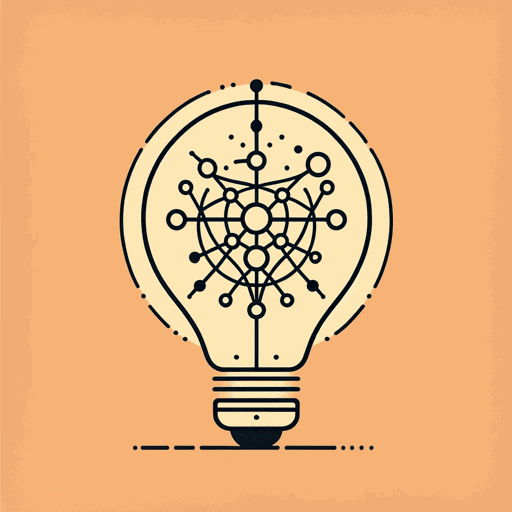35 pages • 1 hour read
Kevin AshtonHow to Fly a Horse: The Secret History of Creation, Invention, and Discovery
Nonfiction | Book | Adult | Published in 2014A modern alternative to SparkNotes and CliffsNotes, SuperSummary offers high-quality Study Guides with detailed chapter summaries and analysis of major themes, characters, and more.
Important Quotes
“The creativity myth implies that few people can be creative, that any successful creator will experience dramatic flashes of insight, and that creating is more like magic than work. A rare few have what it takes, and for them it comes easy. Anybody else’s creative efforts are doomed.”
(Preface, Page xv)
Ashton gets to the heart of his thesis right from the beginning. Creativity is a hot issue and an important skill, and this myth often dissuades people from attempting creative endeavors, thinking they just don’t have the special “magic” required. The book is an extended explanation about why the myth is wrong.
“In most cases, the truth has been lost. We do not know, for example, who first realized that the fruit of an orchid could be cured until it tastes good. Vanilla is an innovation inherited from people long forgotten. This is not exceptional; it is normal. Most of our world is made of innovations inherited from people long forgotten—not people who were rare but people who were common.”
(Chapter 1, Page 6)
Here Ashton begins chipping away at the myth with a story about the discovery of breeding the orchid that produces vanilla. No one could successfully do it outside its native habitat, until a 12-year-old slave boy did so on Réunion island. His “secret” was simply trial and error based on what his master had taught him about pollination. Ashton writes that the only unusual part of the story is that history has remembered the name of the innovator; invention and discovery are actually so common that time often forgets the people involved in them.
“Creation is so around and inside us that we cannot look without seeing it or listen without hearing it. As a result, we do not notice it at all. We live in symbiosis with new. It is not something we do; it is something we are. It affects our life expectancy, our height and weight and gait, our way of life, where we live, and the things we think and do. We change our technology, and our technology changes us. This is true for every human being on the planet. It has been true for two thousand generations; ever since the moment our species started thinking about improving its tools.”
(Chapter 1, Page 11)
This quotation elaborates on how common creation is. It is all around us in nearly everything we sense, so much so that we cease to notice it. The author’s point is that it all came from humans. This builds toward his main point in Chapter 1, that creating is not exceptional but ordinary.

